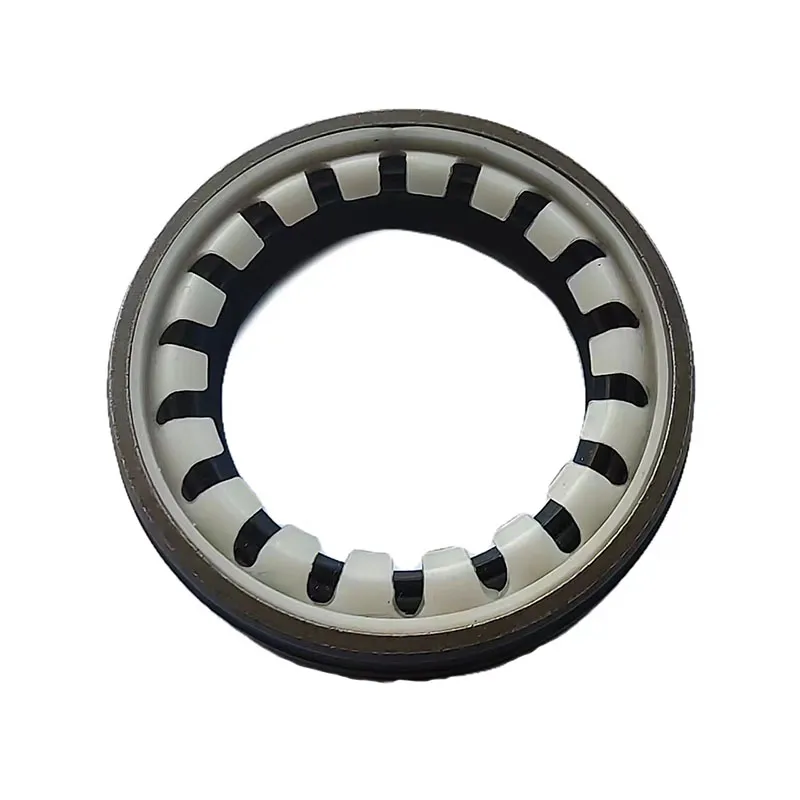Understanding the Importance of Oil Seals and Gaskets in Mechanical Applications
Understanding Oil Seals and Gaskets Essential Components in Machinery
In the realm of mechanical engineering and automotive technology, oil seals and gaskets are crucial components that often go unnoticed until they fail. Both serve vital functions in ensuring the integrity and performance of machinery and engines. Understanding their roles, types, and maintenance is crucial for anyone involved in mechanical systems.
What Are Oil Seals?
Oil seals, also known as shaft seals or rotary seals, are devices used to seal the space between stationary and moving components in machinery. They are typically installed where two parts meet — for instance, between a rotating shaft and a housing. Their primary function is to prevent the escape of lubricants and to protect internal components from external contaminants, such as dirt and moisture.
Oil seals are made from various materials, including rubber, silicone, and polymer blends, which are designed to withstand the specific operating conditions of the machinery, including temperature, pressure, and exposure to different fluids. The most common types of oil seals include single-lip and double-lip designs, where a single-lip seal consists of one sealing lip and a double-lip seal has two for enhanced protection against leakage.
What Are Gaskets?
Gaskets, on the other hand, are flat seals that fill the space between two surfaces, ensuring a tight seal to prevent fluid leaks. They are made from various materials including rubber, cork, metal, and composite materials. The choice of material usually depends on the application, temperature, and the type of fluid being sealed.
Gaskets are commonly used in various applications such as engine components, flanges, and piping systems. A well-known example is the head gasket, which is located between the engine block and cylinder head. It plays a critical role in keeping the engine’s coolant and oil from mixing while also providing compression within the cylinders.
oil seals and gaskets

The Importance of Oil Seals and Gaskets
The proper functioning of oil seals and gaskets is essential for the efficiency and longevity of machinery and engines. When these components fail, the consequences can be severe, leading to leaks, increased friction, overheating, and, in some cases, complete system failure. Regular inspections and maintenance are therefore critical to ensure these components remain in optimal condition.
Innovations in technology have led to the development of higher-quality materials that can withstand extreme conditions, thereby enhancing the reliability of oil seals and gaskets. For instance, advancements in composite materials allow for better heat resistance, while improved rubber compounds offer enhanced durability against wear and tear.
Maintenance and Replacement
Routine maintenance is crucial for machinery that uses oil seals and gaskets. Regular checks for signs of wear — such as leaks, cracks, or deformation — are essential. Additionally, proper installation is key to ensuring their effectiveness. Misalignment during installation can lead to premature failure, while the incorrect torque on fastening elements can compromise the seal's integrity.
When it comes to replacement, understanding the specifications and compatibility of oil seals and gaskets with the machinery is vital. Using the incorrect size or type can lead to further operational issues. It's advisable to consult manufacturers' guidelines or seek professional assistance to ensure that replacements are appropriately chosen and installed.
Conclusion
In summary, oil seals and gaskets are indispensable components within various mechanical systems. Their primary roles in preventing leaks and protecting internal components make them fundamental to the efficient operation of machinery and engines. Understanding their functions, proper maintenance, and replacement strategies is essential for anyone responsible for the upkeep of these systems. By prioritizing the health of oil seals and gaskets, you can enhance the performance and longevity of your equipment, ultimately leading to reduced downtime and maintenance costs. Whether in automotive applications or industrial machinery, a thorough knowledge of these components will contribute to their effective operation and reliability.
-
Understanding Polaris Front Differentials: A Guide for RZR, Ranger, and General Models
News Jun.30,2025
-
Exploring Oil Seal Technologies: From Traditional Felt Seals to Advanced Teflon and CFW Solutions
News Jun.30,2025
-
Crankshaft Oil Seals Explained: Protecting Your Engine from the Inside Out
News Jun.30,2025
-
Choosing the Right Oil Seal Supplier: A Guide to Brands, Types, and Standards
News Jun.30,2025
-
Advanced Oil Sealing Solutions: Exploring High-Performance Seals for Demanding Applications
News Jun.30,2025
-
A Comprehensive Guide to Oil Seals: Types, Materials, and Where to Buy
News Jun.30,2025
-
Understanding Different Types of Oil Drain Plugs: A Comprehensive Guide
News Jun.27,2025
Products categories















